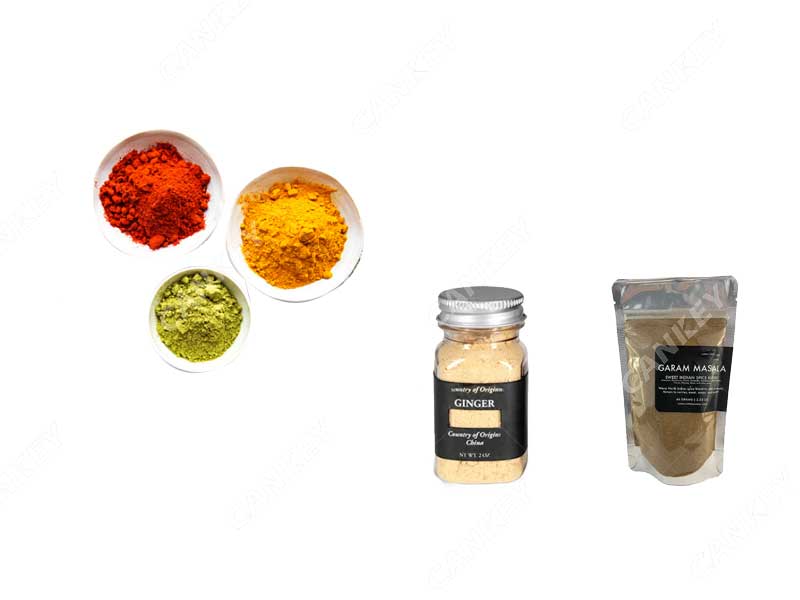Spices are an essential component of culinary delights, adding flavor, aroma, and color to dishes from around the world. To ensure their freshness and longevity, spices undergo a meticulous packaging process. But how are spices packaged? The packaging process of spices can vary based on the type of packaging used, with bagged and bottled options being two popular choices. In this article, we will delve into the packaging methods employed for bagged and bottled spices.
Packaging Bagged Spices:
Bagged spices are a common sight in grocery stores, with their convenient and cost-effective packaging appealing to many consumers. The packaging process for bagged spices typically involves the following steps:
- Selection of Appropriate Bags: Manufacturers choose bags made of materials that preserve the flavor, aroma, and quality of the spices. Common options include laminated plastic films, multi-layered papers, or mesh-like materials. These materials act as a barrier against moisture, light, and air, ensuring the spices stay fresh.
- Filling and Weighing: The spices are precisely measured and filled into the bags using automated equipment. To maintain accuracy and prevent contamination, specialized filling machines are employed. Depending on the type of spice and bag size, the desired weight is determined and adjusted accordingly.
- Sealing: Once filled, the bags are sealed to prevent any air or moisture from entering. Different sealing techniques are used, such as heat sealing, adhesive sealing, or zip-lock closures. The choice of sealing method depends on the bag material and the desired shelf life of the spice.
- Labeling and Coding: Each bag is labeled with essential information such as the spice name, brand, weight, nutritional facts, and expiry date. Batch codes are also added for traceability and quality control purposes.
- Quality Control and Packaging: Before the bags are packed into larger containers or cartons, quality control measures are undertaken. This ensures that the spices meet the required standards for taste, aroma, and appearance. Finally, the bags are boxed and prepared for distribution.
Bottled spices are often preferred by consumers who value convenience, long shelf life, and ease of storage.
- Container Selection: Bottled spices are typically packaged in glass or plastic containers. These containers are chosen based on factors such as the spice’s sensitivity to light and the desired shelf life. Glass containers protect against light degradation, while plastic options offer durability and lightweight advantages.
- Filling and Weighing: Similar to bagged spices, the spices are accurately weighed and filled into the bottles. Automated equipment ensures consistent and precise measurements, reducing the risk of under- or overfilling.
- Capping: After filling, caps or closures are applied to the bottles to seal them securely. Depending on the spice and container type, various closure mechanisms are used, including screw caps, snap-on lids, or induction seals. These closures prevent moisture and air from entering the bottle, maintaining the spice’s freshness.
- Labeling and coding: Bottles are labeled with necessary information, including spice name, brand, weight, nutritional details, and expiration date. Batch codes and barcodes may also be included for traceability and inventory management.
- Quality Control and Packaging: Before the bottles are packed into cases or cartons, quality control inspections are conducted. This ensures that the spices meet the required standards in terms of taste, aroma, and appearance. Once approved, the bottles are packaged for shipment and distribution.


